This short story by Jhumpa Lahiri explores the early days of a marriage between Sanjeev and Twinkle, highlighting their cultural differences and conflicting perspectives.
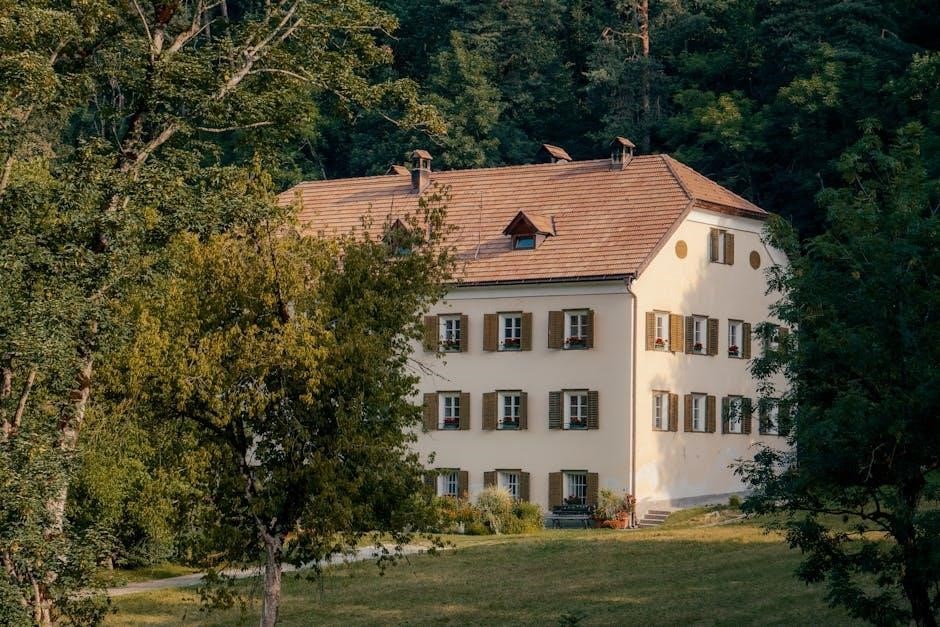
Overview of the Short Story
Jhumpa Lahiri’s “This Blessed House” delves into the early days of Sanjeev and Twinkle’s marriage, arranged by their parents. The couple, with vastly different personalities, navigates their new life together in a house filled with Christian artifacts left by the previous owners. Twinkle, fascinated by these relics, sees them as a connection to heritage, while Sanjeev, rooted in his Indian culture, struggles to understand her enthusiasm. Their contrasting perspectives on religion, tradition, and identity create tension, highlighting the challenges of cultural differences in their relationship. The story explores themes of marital struggles, cultural identity, and the symbolic significance of the artifacts, offering a nuanced look at the complexities of blending two worlds.
Author Background: Jhumpa Lahiri
Jhumpa Lahiri is a celebrated author known for her nuanced exploration of cultural identity and the immigrant experience. Born in London to Indian parents and raised in the United States, her unique background deeply influences her writing. Lahiri’s works often delve into the tensions between tradition and modernity, as seen in “This Blessed House.” Her writing style is characterized by subtle yet profound storytelling, earning her numerous accolades, including the Pulitzer Prize for “Interpreter of Maladies,” the collection that includes this story. Lahiri’s ability to capture the intricacies of human relationships and cultural clashes has solidified her position as a leading voice in contemporary literature.

Plot Summary
The story follows Sanjeev and Twinkle, newlyweds navigating cultural differences and marital challenges in their new home, where Christian artifacts spark tensions and reveal deeper conflicts.
Key Events in the Story
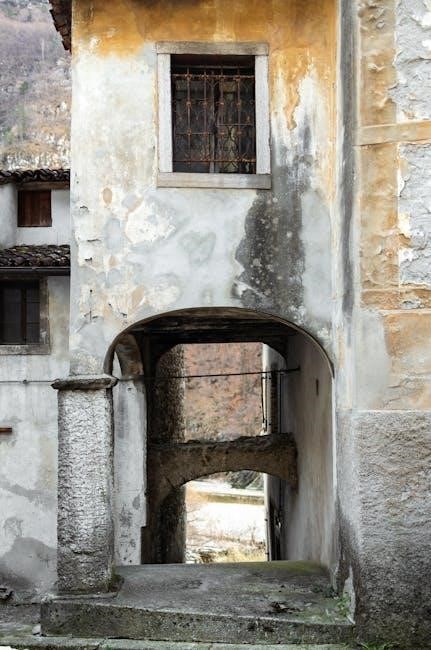
The story begins with Sanjeev and Twinkle moving into their new home, filled with Christian artifacts left by the previous owners. Twinkle, fascinated by these relics, discovers items like a Nativity scene and a porcelain effigy of Christ, which she eagerly displays. Sanjeev, however, feels uneasy about these religious symbols, reflecting his more traditional Indian upbringing. As they unpack, their differing personalities and cultural backgrounds create tension. Twinkle’s childlike enthusiasm contrasts with Sanjeev’s reserved nature, highlighting their marital struggles. The discovery of these artifacts becomes a symbol of their broader conflicts, as Twinkle seeks to embrace their new life, while Sanjeev clings to his heritage. These events underscore the challenges of their arranged marriage and the clash of their identities.
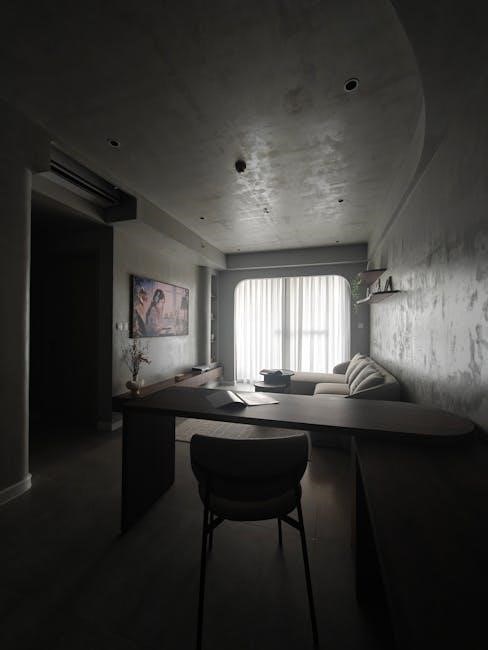
Character Development: Sanjeev and Twinkle
Sanjeev, a consultant, embodies traditional Indian values and reserve, often struggling to connect with Twinkle’s free-spirited nature. His discomfort with Christian artifacts reflects his cultural rigidity. Twinkle, named after a nursery rhyme, signifies her playful and curious personality. She is drawn to the religious relics, symbolizing her desire to blend heritage and modernity. Their interactions reveal deep-seated differences: Sanjeev’s practicality contrasts with Twinkle’s emotional explorations. Through their relationship, Lahiri portrays the challenges of merging two distinct worlds, highlighting their growth and misunderstandings as they navigate marriage and identity. The story delves into their evolving dynamics, showcasing how their differences shape their bond and individual identities. Their character development underscores the complexities of cultural assimilation and marital adjustment in a diverse society;
Themes and Symbolism
The story explores cultural clashes, marital conflicts, and identity struggles. Christian artifacts symbolize Twinkle’s fascination with heritage, while Sanjeev’s discomfort reflects his rigid cultural beliefs.
Cultural Differences and Marital Struggles

The story delves into the cultural rift between Sanjeev, a traditional Indian man, and Twinkle, his Americanized wife. Their arranged marriage, orchestrated by their parents, highlights their contrasting personalities and values. Sanjeev, rooted in Indian customs, struggles with Twinkle’s fascination for Christian artifacts, which she eagerly displays in their home. Twinkle, having been exposed to American culture for longer, finds joy in exploring their new house and its hidden religious relics. Sanjeev, however, views these artifacts as intrusive, reflecting his discomfort with blending cultures. Their differences lead to subtle yet palpable tensions, showcasing the challenges of navigating a cross-cultural marriage. The lack of deep communication and mutual understanding further exacerbates their struggles, making their relationship a microcosm of broader cultural identity conflicts in diasporic communities.

The Significance of Christian Artifacts in the House
The Christian artifacts in the house serve as a catalyst for Twinkle’s fascination with religion and heritage. She discovers these relics, such as a Nativity scene, hidden throughout their new home, which sparks her curiosity and connection to the house’s history. Twinkle’s enthusiasm for these artifacts contrasts with Sanjeev’s indifference, highlighting their cultural differences. The artifacts symbolize Twinkle’s desire to belong and understand her surroundings, while Sanjeev views them as unnecessary clutter. This tension underscores the broader theme of cultural identity and the challenges of blending traditions in a marriage. The artifacts become a focal point of their marital dynamics, representing both a source of fascination and a point of contention.
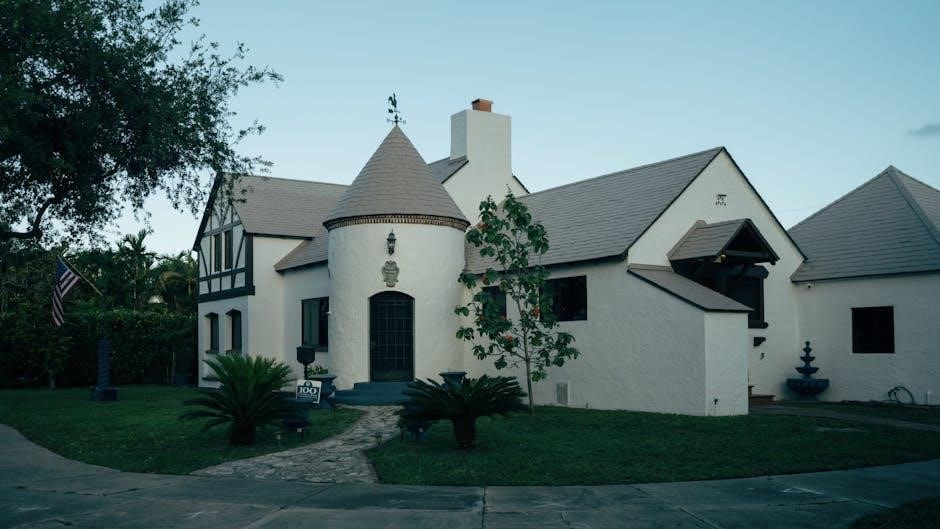
Character Analysis
Sanjeev and Twinkle’s contrasting personalities reflect their cultural backgrounds and marital struggles, with Sanjeev’s practicality clashing with Twinkle’s fascination with heritage and religion.
Sanjeev’s Perspective and Cultural Identity

Sanjeev, a man deeply rooted in Indian culture, struggles with his wife Twinkle’s fascination with Christian artifacts in their new home. His practical nature contrasts with Twinkle’s childlike curiosity, creating tension. Sanjeev views the Christian relics as unnecessary clutter, reflecting his discomfort with blending cultural traditions. His identity is tied to his Indian heritage, while Twinkle embraces a more Americanized lifestyle. This cultural divide highlights Sanjeev’s internal conflict between preserving tradition and adapting to a new, mixed-culture marriage. His perspective reveals a man torn between respect for his upbringing and the demands of a modern, intercultural relationship.
Twinkle’s Fascination with Religion and Heritage
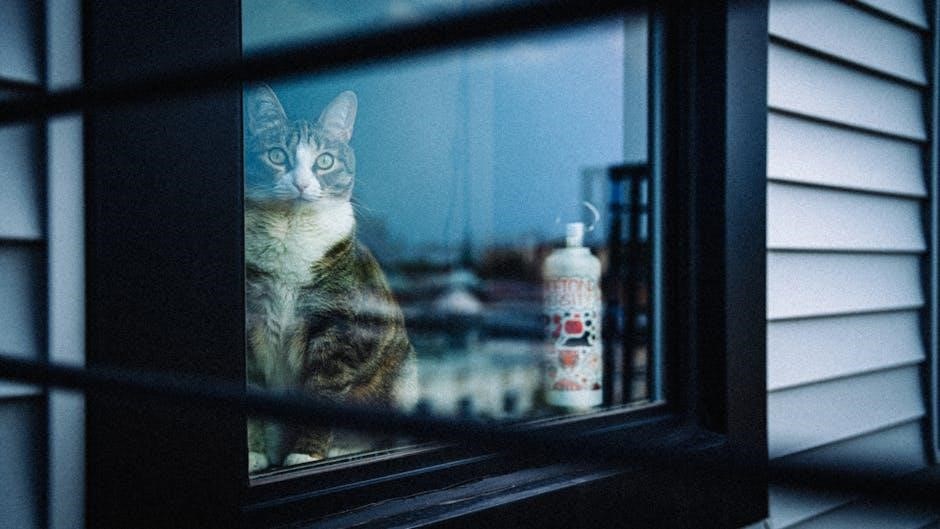
Twinkle’s fascination with religious artifacts stems from her curiosity about cultural heritage and spirituality. Unlike Sanjeev, who views the Christian relics as clutter, Twinkle sees them as meaningful symbols of history and identity. Her interest in these objects reflects a desire to connect with a broader cultural narrative, beyond her own upbringing. This exploration highlights her childlike wonder and openness to new experiences. Twinkle’s actions reveal a deeper longing to understand and embrace diverse traditions, even as Sanjeev’s disapproval creates tension. Her fascination serves as a metaphor for her search for belonging and meaning in a marriage that bridges two very different worlds.
Reception and Critical Analysis
Critics acclaim Lahiri’s nuanced portrayal of cultural clashes and marital dynamics, praising her subtle storytelling and depth in exploring identity and belonging in “This Blessed House.”
Reviews and Interpretations of the Story
Jhumpa Lahiri’s “This Blessed House” has garnered critical acclaim for its nuanced exploration of marital dynamics and cultural identity. Critics praise Lahiri’s ability to weave subtle yet profound insights into the lives of Sanjeev and Twinkle, highlighting their struggles to reconcile their differences. The story’s focus on the discovery of Christian artifacts in their new home serves as a poignant metaphor for the couple’s conflicting perspectives on heritage and faith. Reviewers note how Lahiri’s understated prose captures the tension between tradition and modernity, resonating deeply with readers. The narrative’s quiet intensity and emotional depth have solidified its place as a standout piece in Lahiri’s collection Interpreter of Maladies, offering a compelling reflection on identity, belonging, and the challenges of cross-cultural relationships.
Comparisons with Other Works by Jhumpa Lahiri
Lahiri’s “This Blessed House” mirrors her signature themes of cultural displacement and marital tension, as seen in works like “Interpreter of Maladies.” The story’s focus on the cultural divide between Sanjeev and Twinkle parallels narratives like “A Temporary Matter,” where relationships are tested by differing values. Lahiri’s use of symbolic objects, such as Christian artifacts, echoes her storytelling style in “The Namesake,” where material objects hold emotional and cultural weight. Critics note that while “This Blessed House” is more concise, it retains the emotional depth and complexity characteristic of her longer works, reinforcing her exploration of identity and belonging in cross-cultural contexts.